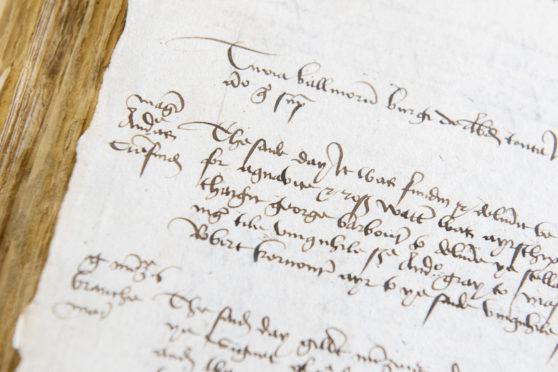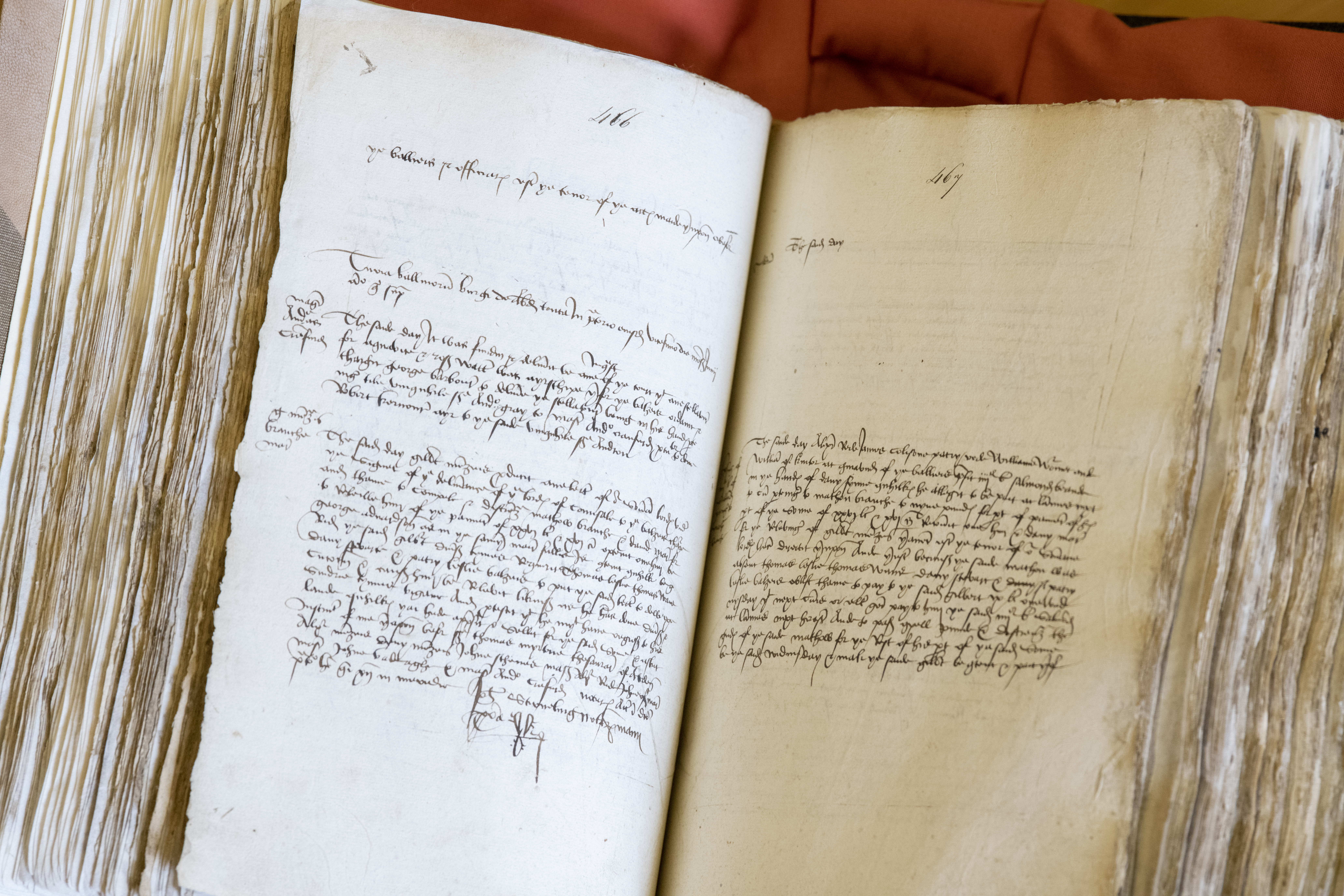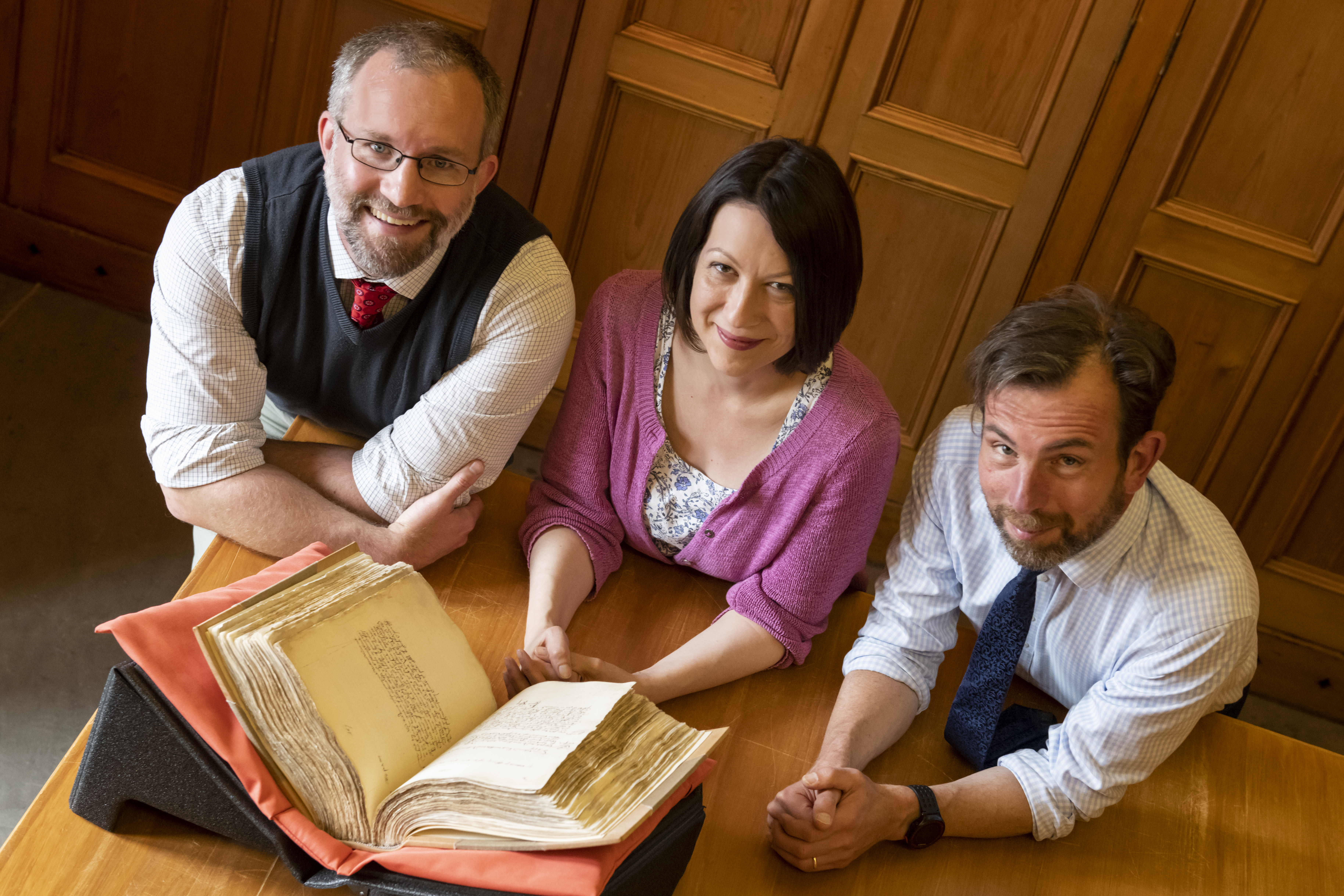Aberdeen may have been the true birthplace of Scotch whisky, according to new evidence uncovered by historians.
Researchers working to digitise the city’s 700-year-old burgh records have found the earliest written reference to a still for making aquavite, logged in 1505.
Meaning “water of life” in Latin, it had appeared in older documents but only in reference to the preparation of gunpowder.
Aberdeen University research fellow Claire Hawes made the breakthrough when reading a record relating to the inheritance of Sir Andrew Gray, a chantry chaplain at the Church of St Nicholas.
Listed among his possessions was “ane stellatour for aquavite and ros wattir” – with the use of rose water suggesting the concoction was being made for drinking, rather than exploding.
Jackson Armstrong from Aberdeen University, who led the project to transcribe the Burgh Records, said: “This is the earliest record directly mentioning the apparatus for distilling aquavite.
“That equipment was at the heart of renaissance Aberdeen where, at this time, our own university had just been founded.
“What is more, some other early references to aquavite refer to the spirit used in the preparation of gunpowder for the king.
“The Aberdeen still being for aquavite and rose water may suggest, by contrast, that it was for making whisky to drink.”
He added: “This is a very significant find in the history of our national drink.
“It reframes the story of Scotch whisky and suggests new layers of complexity in Scotland’s urban history.”
The Burgh Records, which have been recognised by heritage body Unesco, comprise 1.5 million words of municipal records, which are the earliest and most complete for anywhere in Scotland.
Staff at the university have been transcribing the documents to make them digitally available.
Dr Hawes said: “All references to aquavite or whisky from this period are significant because its early development is largely unrecorded,” she added.
“Others such as the first ever reference to malt for the King in 1494 are stand-alone references but what is really exciting here is that it is part of our extensive Burgh Records.
“That means we can trace those involved in the distillation of aquavite throughout the records, looking at their connections, where they lived, their professions and how all of this might be intertwined with the early development of Scotch whisky.
“This could significantly change our understanding of the origins of our national drink.”
Record books
The historians say there are “tantalising” suggestions in the records that the equipment may have been kept in a place very appropriate for modern Aberdonians.
The documents show that Andrew Gray owned a property in Guestrow, which was one of the earliest streets to be built in the city.
Dr Armstrong said: “In Middle Scots, this distinct place name was usually written as ‘gastraw’, in which ‘gast’ means ghost or wraith.
“So the very first reference to a whisky still is likely to have been on a street associated with spirits.”
The bulk of the street was demolished during a “slum clearance scheme” – with the only portion remaining now home to the Illicit Still pub.
Manager Lisa Murdoch said: “We’ve heard stories that the reason the venue is called the Illicit Still is because it was used as an illegal base during prohibition, running undetected by the taxman.
“It’s really good for us to have that little bit of history here, especially for the tourists who hear about it then get to see it all.
“And you can see where the still would have been used to illegally make spirits in days gone by.”


